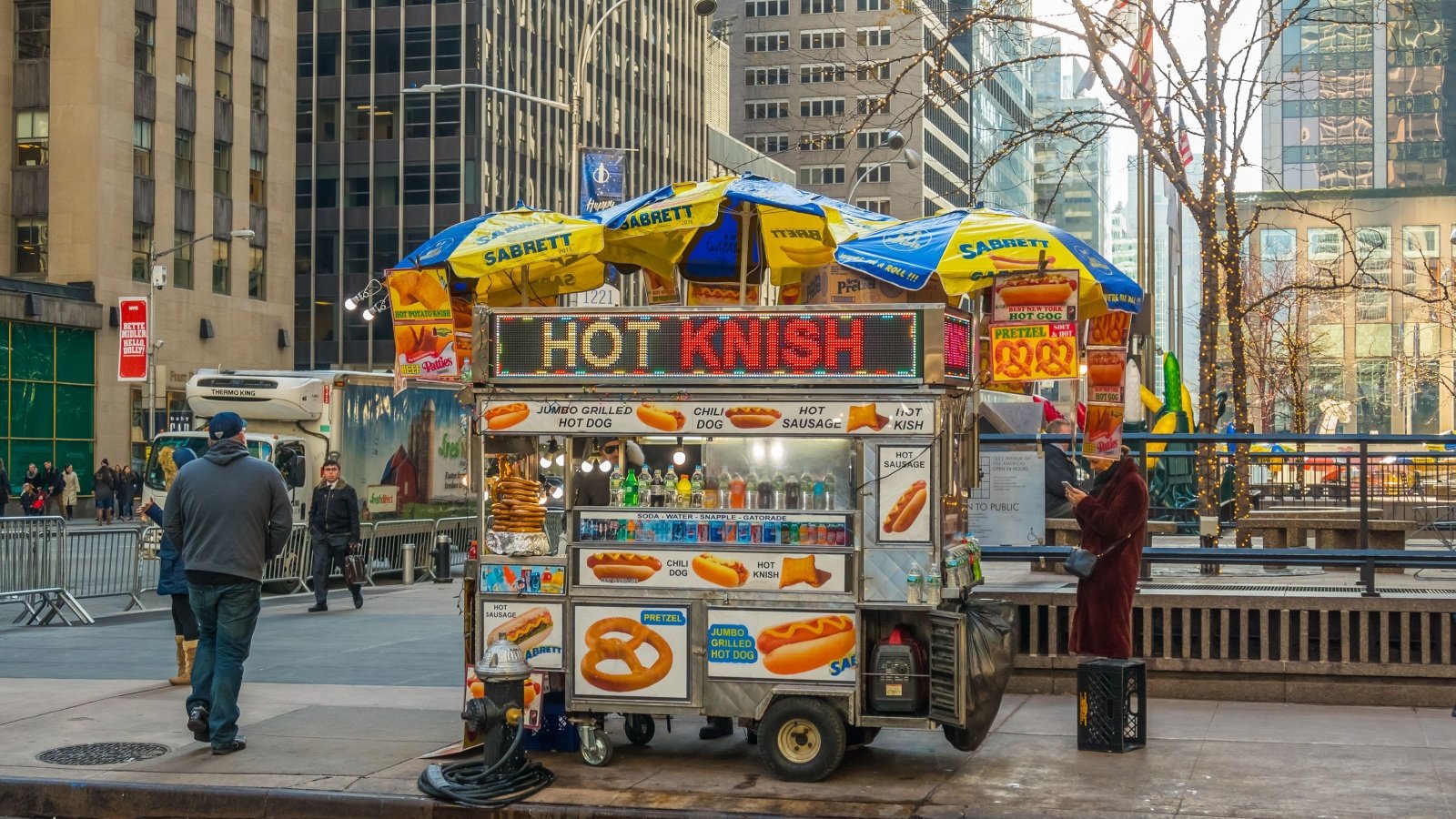New Yorkers have a distinct way of speaking—not just their speed, accent, and tone, but also the unique phrases commonly used within the city.
When navigating the subway or ordering a coffee, these expressions capture the essence of the city and reflect the no-nonsense attitude of its 8.4 million residents. In a place where time is money and patience is thin, knowing the local lingo can save you from an eye roll or a sharp retort.
Here are some New York phrases you should know when planning a visit.
On Line

In New York, you don’t stand “in line” but “on line” when waiting for your turn. This phrase is unique to New Yorkers, who believe that being “on” the line is the correct way to queue. For those outside the state, this expression can be baffling, as they expect “in line” to be the norm.
The City

When New Yorkers say “The City,” they are exclusively referring to Manhattan. Even if you’re in one of the other boroughs, “The City” always means Manhattan, not New York City as a whole. This shorthand can be perplexing to outsiders who aren’t aware of this local convention.
The Bridge and Tunnel Crowd

This phrase refers to people who commute into Manhattan from the outer boroughs or nearby suburbs. Originally a derogatory term, it’s now used more broadly to describe anyone who travels into the city from outside Manhattan.
Schlep
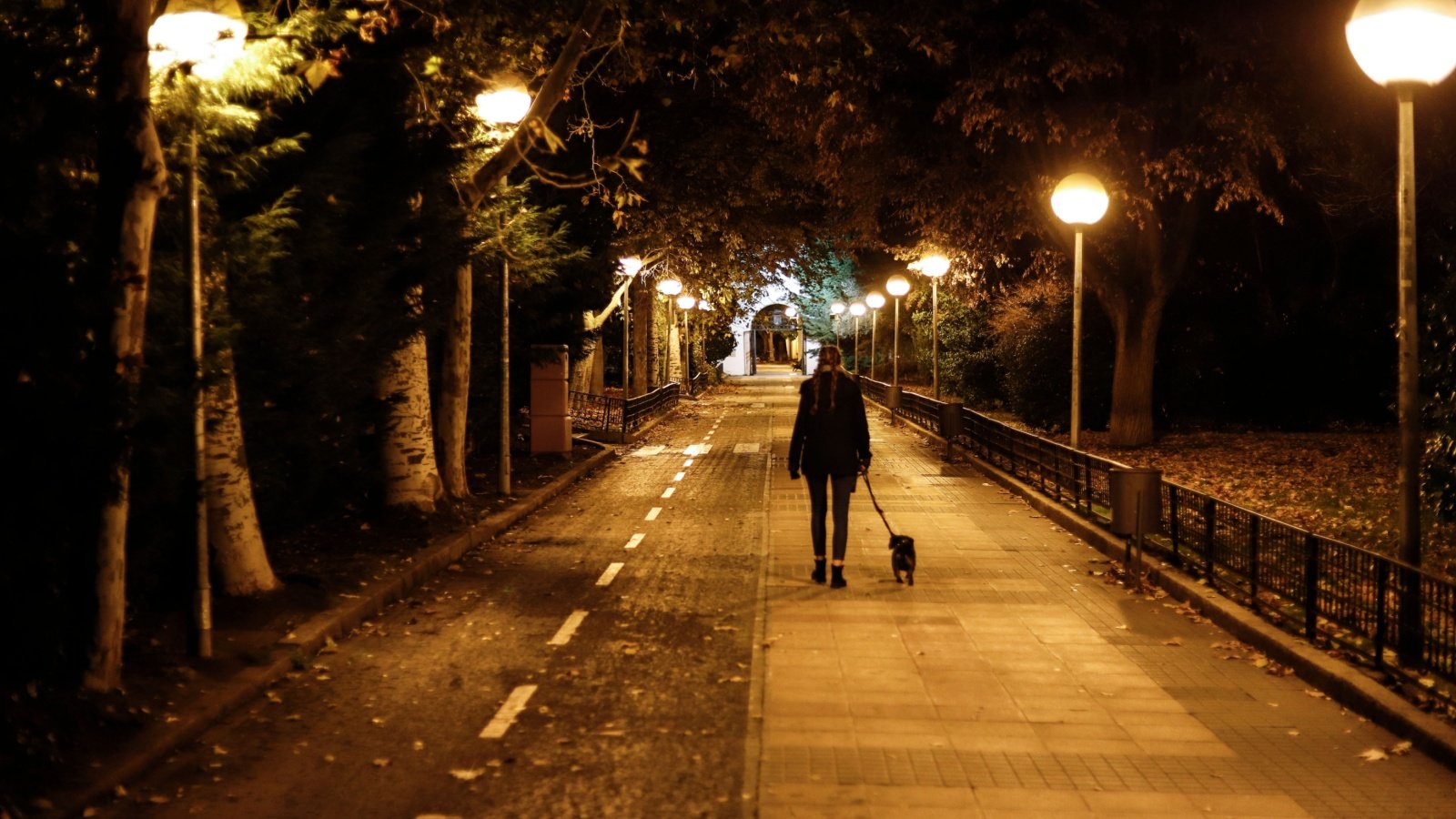
“Schlep” is a Yiddish word that New Yorkers have adopted to mean carrying something heavy or making a long, tiring journey. If you’re asked to “schlep” something, prepare for a bit of a haul. This term might leave others scratching their heads, but it’s second nature to a New Yorker.
Pie
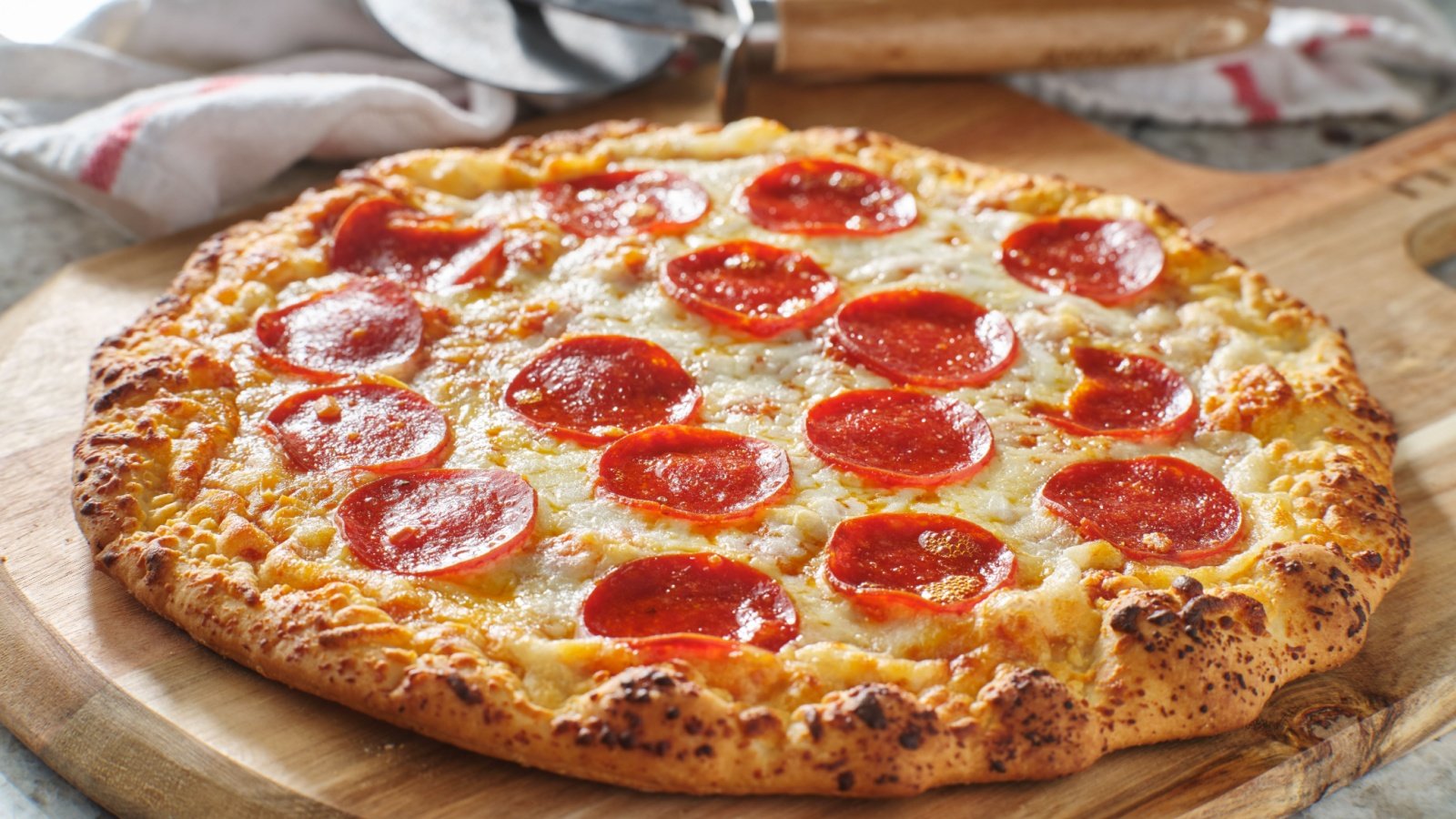
In New York, a “pie” doesn’t necessarily mean a dessert. It often refers to an entire pizza, something that may confuse those used to ordering pizza by the slice. When a New Yorker orders a “pie,” they’re expecting a full pizza, not something sweet.
Regular Coffee

In most places, “regular coffee” means black coffee, but not in New York. Here, it means coffee with milk and sugar, a concept that can bewilder out-of-towners. Order a regular coffee in New York, and you’ll be handed something sweet and creamy.
The F Train

For New Yorkers, subway lines are often referred to by their letter or number, with the F Train being one of the most infamous. The F Train is notorious for its delays and crowded conditions, which has earned it a special place in New York’s lexicon.
The LIRR

The Long Island Rail Road, or LIRR, is a commuter train service that connects Long Island to Manhattan. New Yorkers often refer to it simply as “The LIRR,” assuming everyone knows what they mean.
Bodega
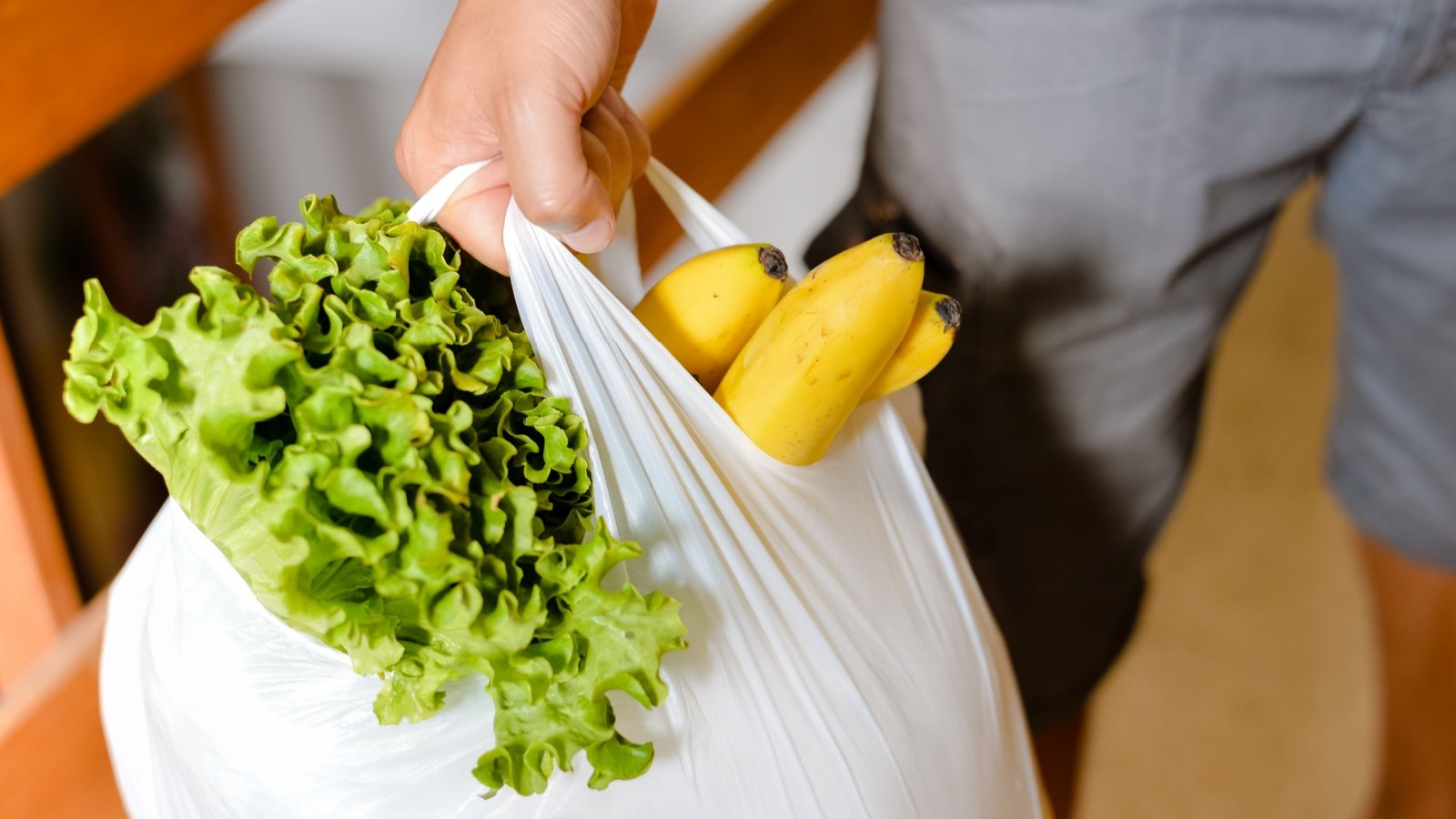
A “bodega” is a small convenience store, often found on a corner in New York City. These stores are a staple of New York life, offering everything from sandwiches to household essentials. While New Yorkers know exactly what a bodega is, the term can be mystifying others who might call it a corner store or deli.
Hero
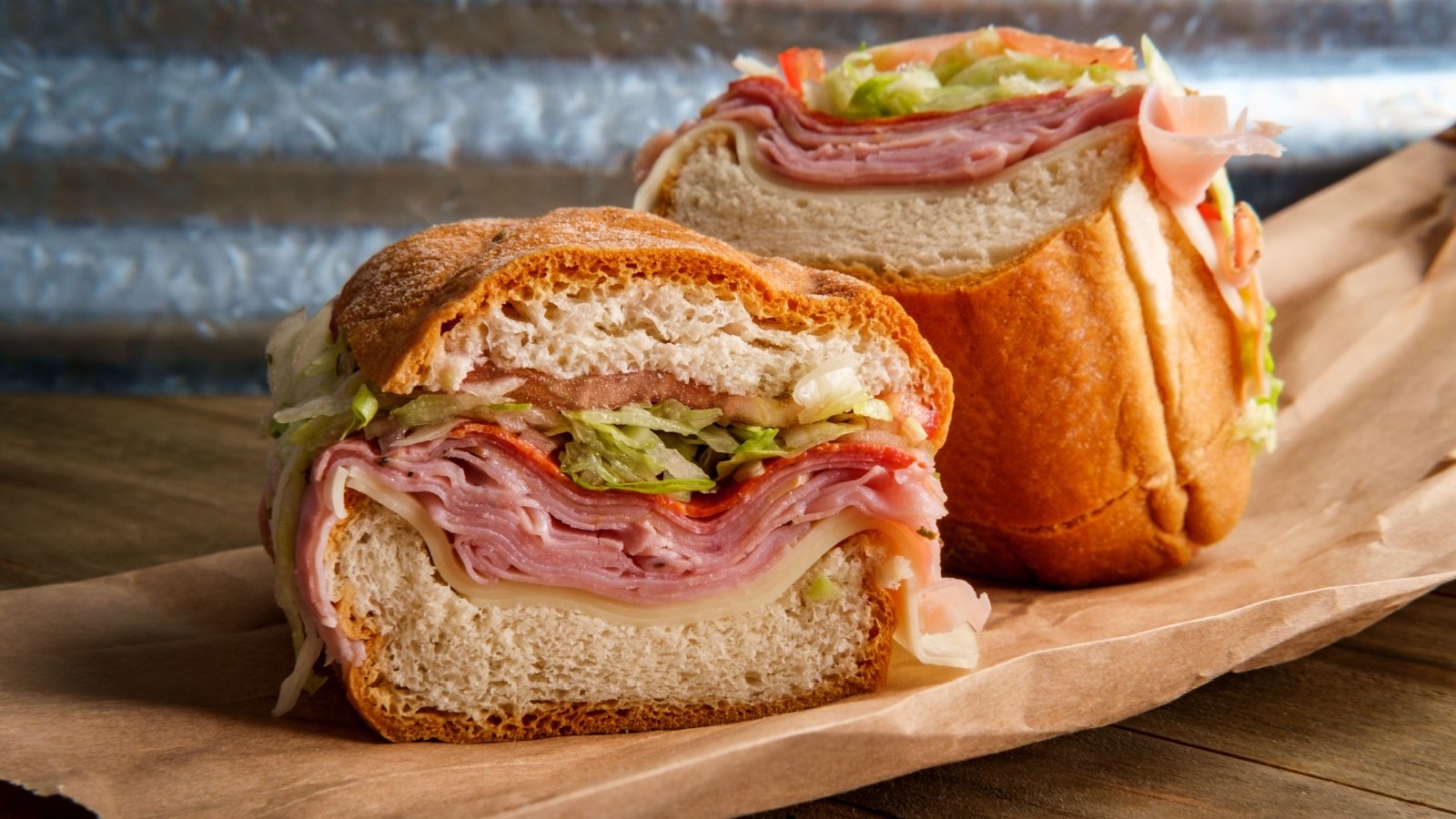
In New York, a “hero” is a type of sandwich. A hero sandwich is a large, hearty sub that’s packed with meats, cheeses, and vegetables. The term can be puzzling to those unfamiliar with New York’s deli culture, where ordering a hero means you’re getting a meal, not a person.
Crosstown

“Crosstown” refers to traveling east or west across Manhattan, as opposed to uptown (north) or downtown (south). Because the island is much longer than it is wide, getting crosstown can be a challenge, especially during rush hour.
The Village
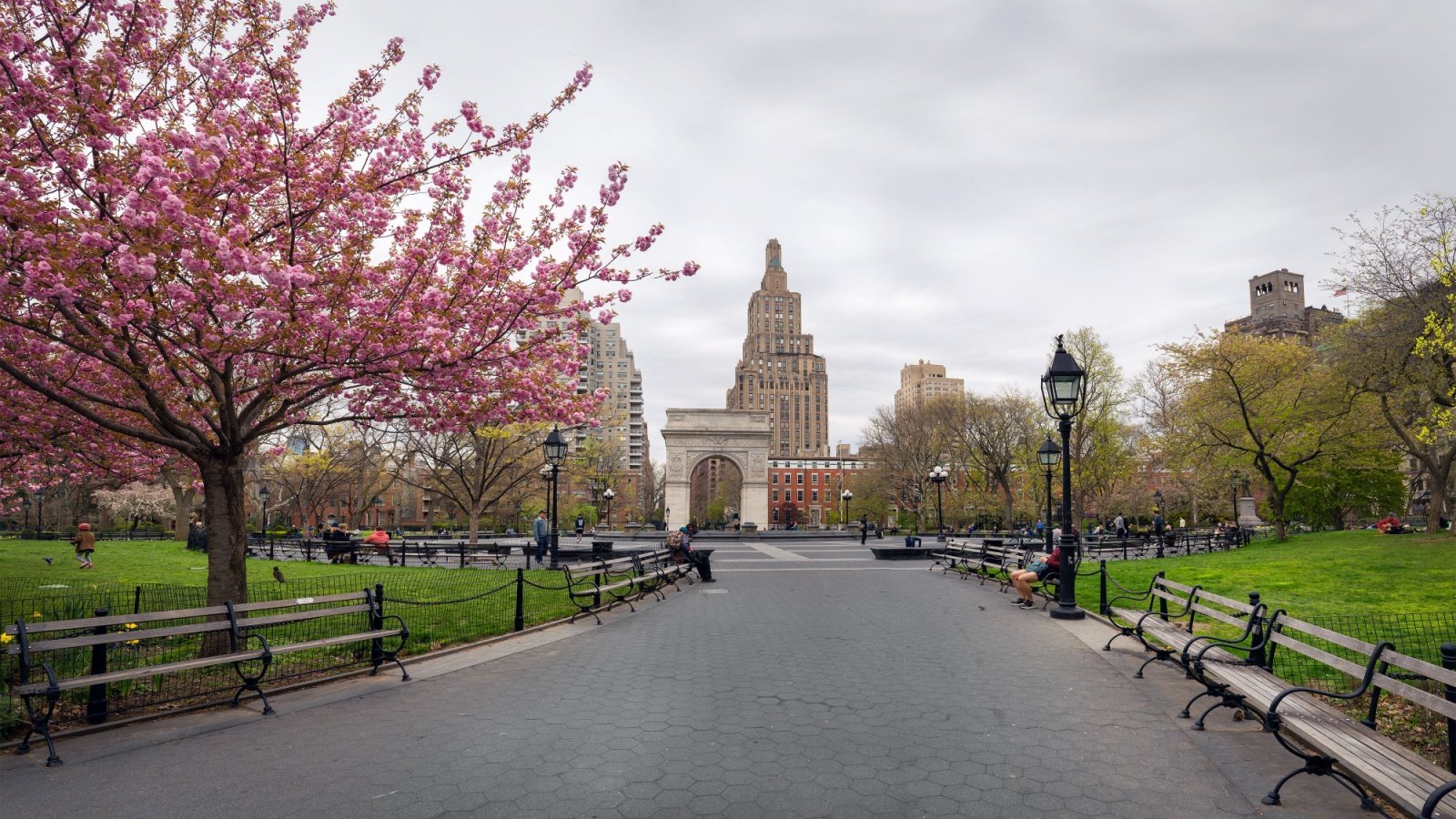
When New Yorkers talk about “The Village,” they are referring to Greenwich Village, a historic neighborhood in Lower Manhattan. Known for its bohemian vibe and artistic community, The Village has a distinct identity that sets it apart from the rest of the city.
The Hamptons

“The Hamptons” refers to a group of affluent towns on the eastern end of Long Island, popular as a summer getaway for New Yorkers. When someone says they’re “heading to The Hamptons,” they’re often escaping the city for some relaxation.
Noho and Soho

These are two trendy neighborhoods in Manhattan, with “Noho” standing for North of Houston Street and “Soho” for South of Houston Street. The terms are derived from their geographic locations in relation to Houston Street, but this naming convention is unique to New York.
The BQE

The Brooklyn-Queens Expressway, commonly called the BQE, is a major highway that runs through Brooklyn and Queens. The BQE is infamous for its traffic jams, which are a frequent topic of conversation among New Yorkers.
The Met

While “The Met” could refer to a baseball team elsewhere, in New York, it typically means The Metropolitan Museum of Art. One of the largest and most prestigious museums in the world, The Met is a cultural landmark.
The Garden
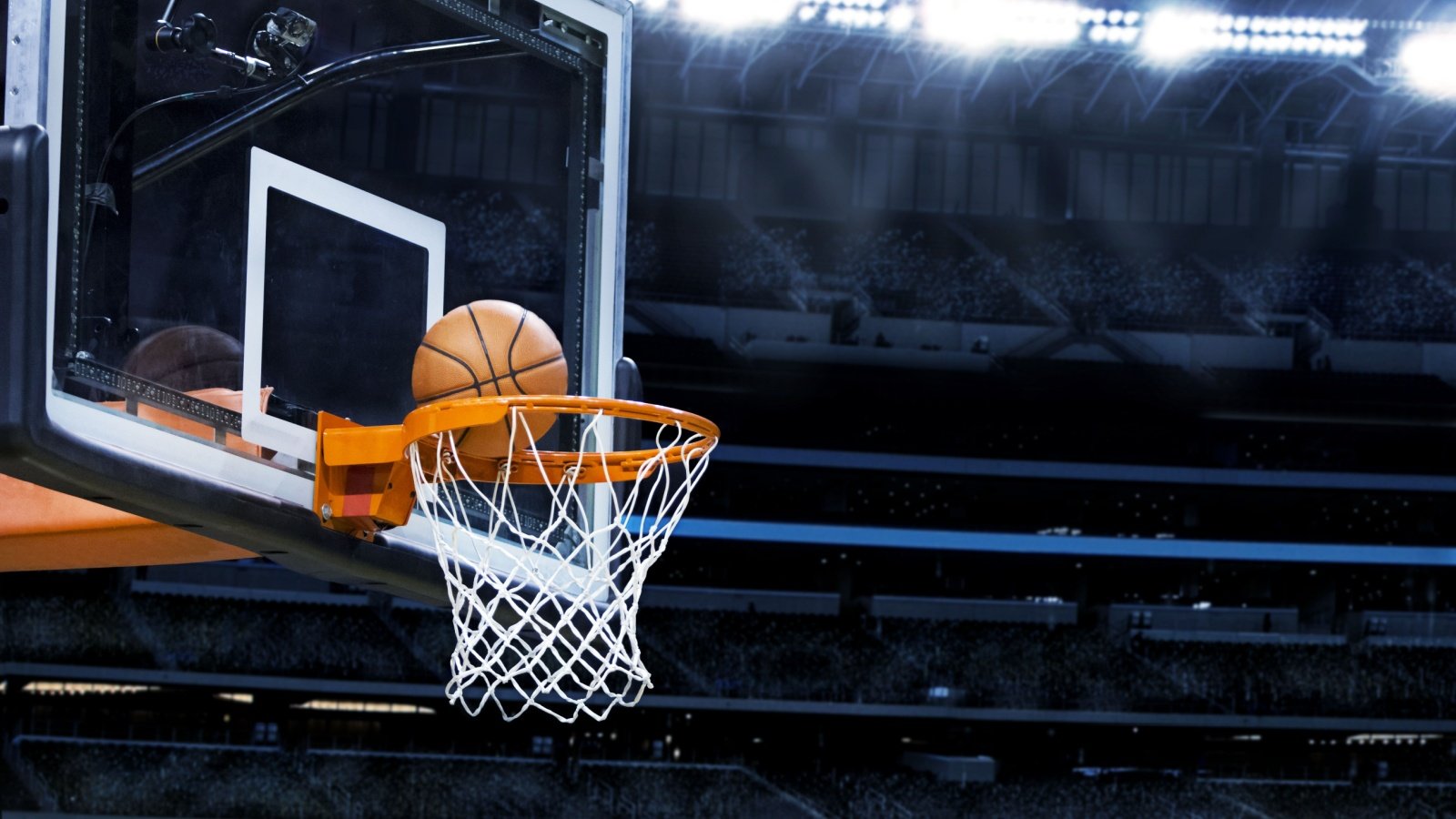
“Madison Square Garden” is often shortened to “The Garden” by New Yorkers. This iconic venue hosts everything from concerts to sporting events, making it a central part of New York’s entertainment scene.
The Hudson

When New Yorkers mention “The Hudson,” they’re referring to the Hudson River, which separates New York City from New Jersey. This river is a major geographical feature of the region and plays a significant role in the city’s history and development.
The High Line

The High Line is a unique public park built on a historic freight rail line elevated above the streets on Manhattan’s West Side. It’s become a popular spot for both locals and tourists, offering greenery and views amidst the urban landscape.
MTA

The Metropolitan Transportation Authority, or MTA, is responsible for public transportation in New York City, including subways, buses, and commuter trains. When New Yorkers talk about the MTA, they are often discussing the ups and downs of the city’s vast transit system.
The 9/11 Memorial

This phrase refers to the National September 11 Memorial & Museum, located at the site of the World Trade Center. It’s a solemn space dedicated to honoring the victims of the 2001 terrorist attacks. The significance of this memorial is well-known in New York.
The East River

Contrary to what its name suggests, the East River is not technically a river but a tidal strait. It separates Manhattan from Brooklyn and Queens, playing a crucial role in the city’s geography. This can be particularly confusing for those who assume it’s a river like the Hudson.
Five Boroughs
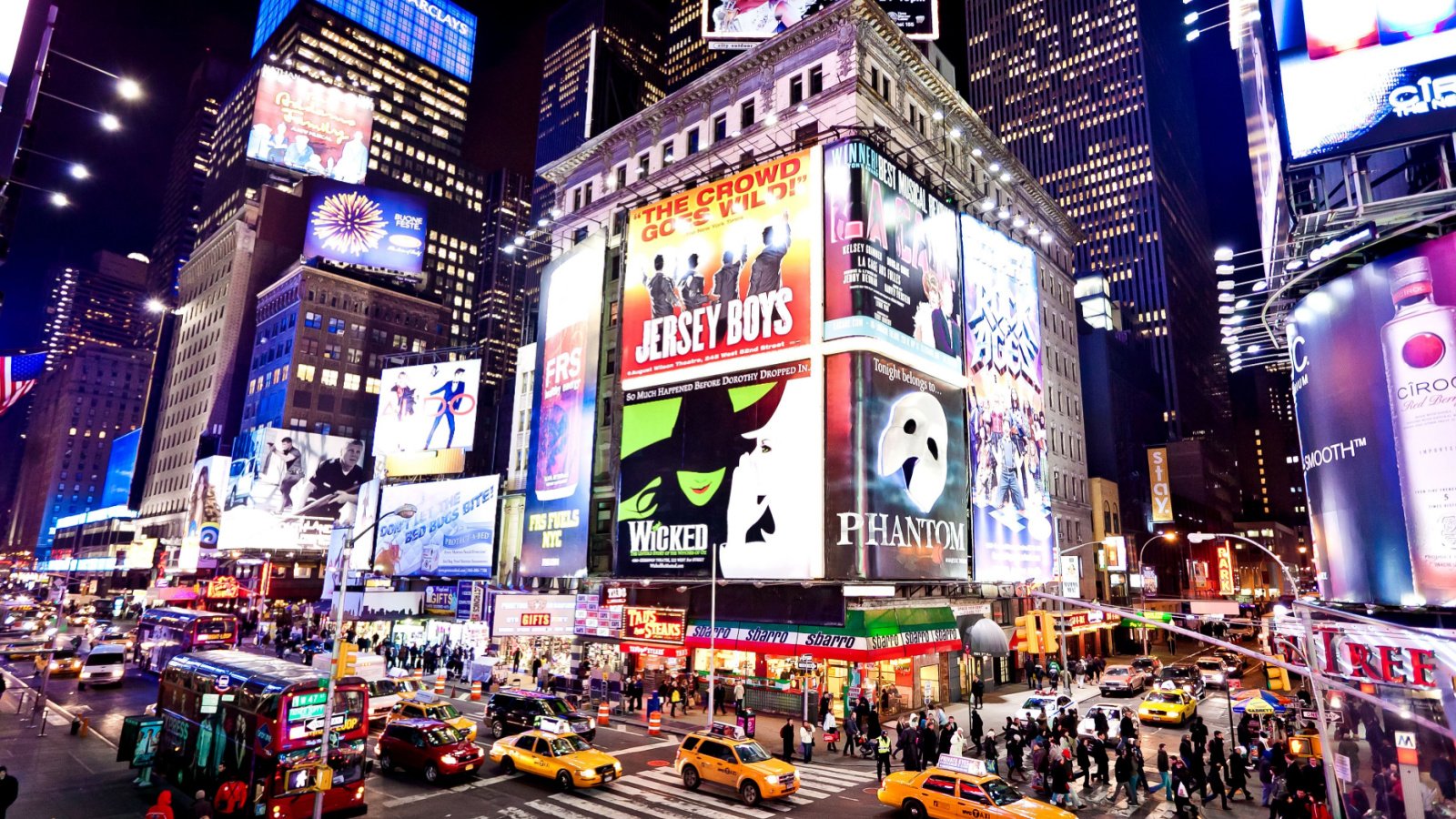
When New Yorkers refer to the “Five Boroughs,” they’re talking about the five distinct regions that make up New York City: Manhattan, Brooklyn, Queens, The Bronx, and Staten Island. Each borough has its own unique character and community.



